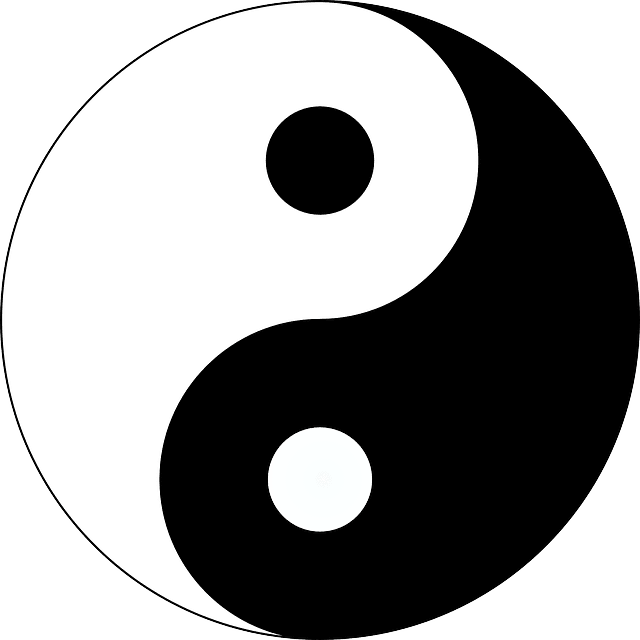So what is Yin Yoga? A question I am now frequently asked so I thought I would create a Blog post around it.
Yoga – comes from the sanskrit word Yuj meaning to join/unite, and we use this term a lot in our Yoga practice allowing ourselves to connect to our Bodies and Mind
Yin and Yang

This Chinese symbol represents duality, the idea that two opposites can exist in complete harmony and complement each other. In the symbol we see elements of Yin in the Yang and elements of Yang in the Yin
In very simplistic terms The characteristics of Yin are feminine, still, dark and downward with Yang being masculine, outward, hot, bright and upward, here are some other qualities:
| Yin | Yang |
| Female | Male |
| Dark | Light |
| Still | Active |
| Soft | Hard |
| Water | Muscle |
| Downward | Upward |
| Cold | Hot |
| Moist | Dry |
| Contracting | Expansive |
| Front of body | Back of body |
So what is Yin Yoga then?
Yin yoga is a mix of Chinese energetic maps of meridians and Indian Yoga Asanas.
The practice uses English terms for the postures unlike many other forms that use the Sanskrit, this is to help differentiate the practice from other forms as we make similar shapes but they are practiced in a very different way.
Our muscles are Yang and 30% of our muscles are fascia, and this fascia is Yin. The movement of our body uses fascia rather than muscle far more than we used to think, the fascia determines our range of movement and so you could argue working in a Yin practice will help improve your flexibility more and a yang practice will work more on strength.
Our bodies need us to flow between a Yin (restful) and Yang (active) state, when we are living in a very fast paced world our lives are very Yang like and we need a Yin like practice to help balance this out and this is where having a great Yin practice can be so helpful.
Other than the shapes having English names are there any other differences?
The biggest difference and possible challenge is time. The postures are held for much longer times than other styles, usually between 1 and 3 minutes, but can be held for much longer if you so wish.
We hold the shapes with our muscles relaxed to keep the connective tissues working in a healthy way, by gently stressing the joints we build strength in them, in a very controlled relaxed way.
Physical Benefits of Yin Yoga
Improve your Range of Movement
Rejuvenating
Passively lengthens the muscles
Helps lubricate the joints
Can help improve Bone Density
Can help re-establish the natural curves of the spine
We use lots of equipment to fill the gaps between our bodies and the floor, to help support our bodies and to prevent over stressing the joints. If you suffer with hypermobility this style of practice can be very helpful in preventing you from over stretching, and help you develop the strength required.
Of course the best way to understand the difference between a Yin Yoga class and your usual practice is of course to come along and try a class. I currently teach 3 classes a week at ShaktiDen in Whitstable, where we are lucky to have all the equipment needed. If you would like to book onto any of the classes please do get in touch.
Wednesday 8pm
Thursday 12.30pm
Sunday 6pm
All classes are small, friendly and suitable for all levels.
